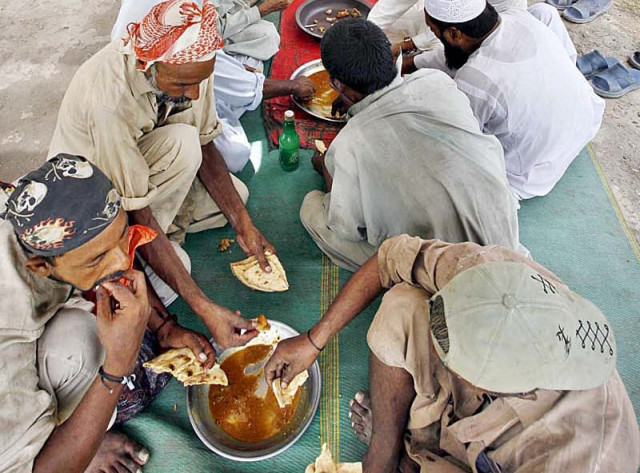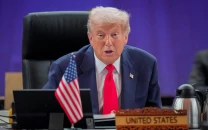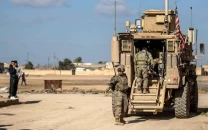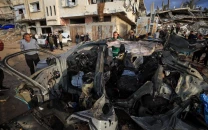Pakistanis spend nearly half of their income on food: Report
An average Pakistani spends 47.7 per cent of their house hold budget on food consumed at home.

Pakistanis spend nearly half of their income on food: Report
According to a report by the US Department of Agriculture's Economic Research Service in which 84 countries were surveyed, Pakistanis spend more of their income on food than any other country. An average Pakistani spends 47.7 per cent of their house hold budget on food consumed at home.
On the other hand, people in United States spent the least on food, even less than Europeans and Canadians. An average American citizen spends only 6.6 per cent of their house hold budget on food at home.
In Pakistan, where average consumer expenditures per person, which comprises of personal expenditures on goods and services, are $871 people spend $415 on food at home. In comparison, Americans spend nearly $2,273 on food.
It is pertinent to note that while US citizens spent a smaller fraction of their budget on food, the amount spent on food is almost five times of what an average Pakistani spends on food.
The stark difference could possibly be explained since the per capita income of Pakistan stood at $1,299 in 2012-13, while the per capita income of US was $53,143.
[infogram url="" height="650"]
Besides the US, people in Singapore, United Kingdom and Canada spend less than 10 per cent of consumer expenditure on food. An average Singaporean spends almost 7.3 per cent of their household income on food, while Britishers and Canadians splash almost 9.1 and 9.6 per cent of their house hold budget on food.
An average Indian spends almost $220 every year on food at home, which translates into 25.2 per cent of their total consumer expenditure every year.


1701351241-1/Afghan-refugees-(3)1701351241-1-208x130.webp)
















COMMENTS
Comments are moderated and generally will be posted if they are on-topic and not abusive.
For more information, please see our Comments FAQ